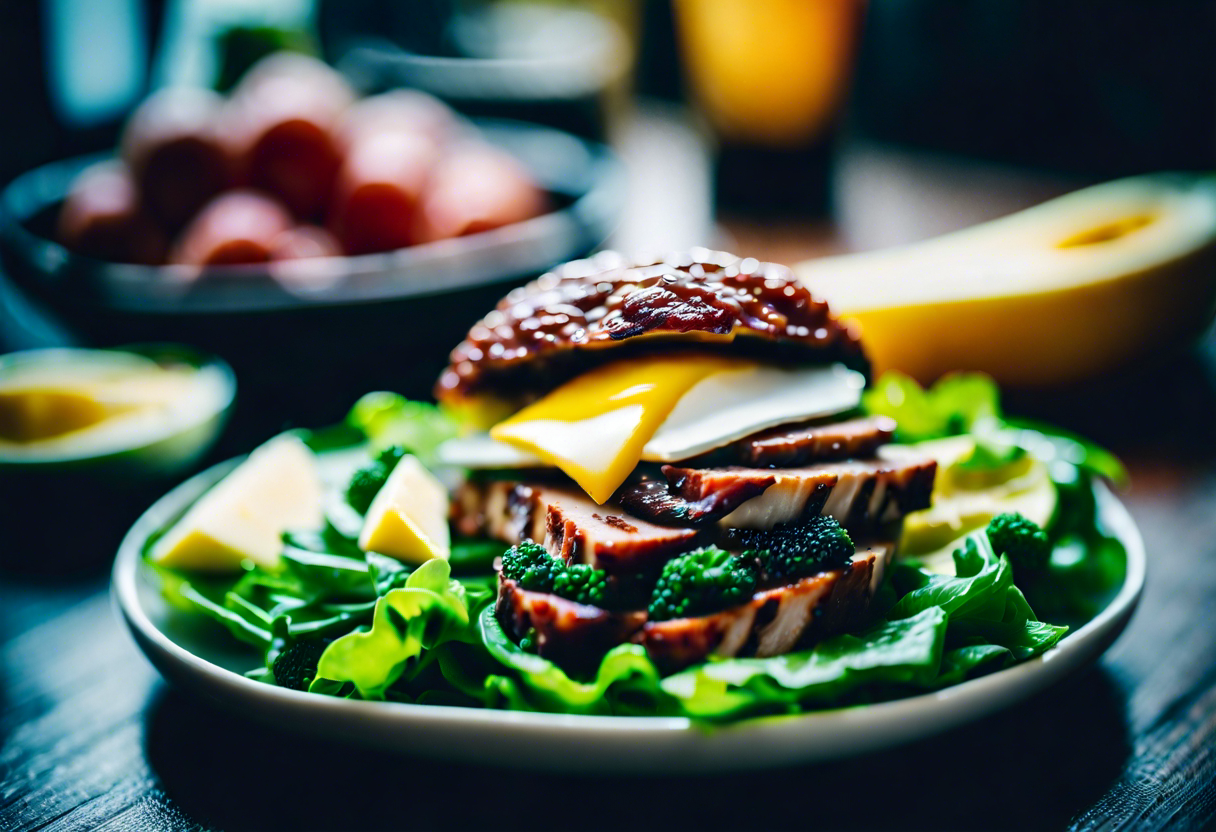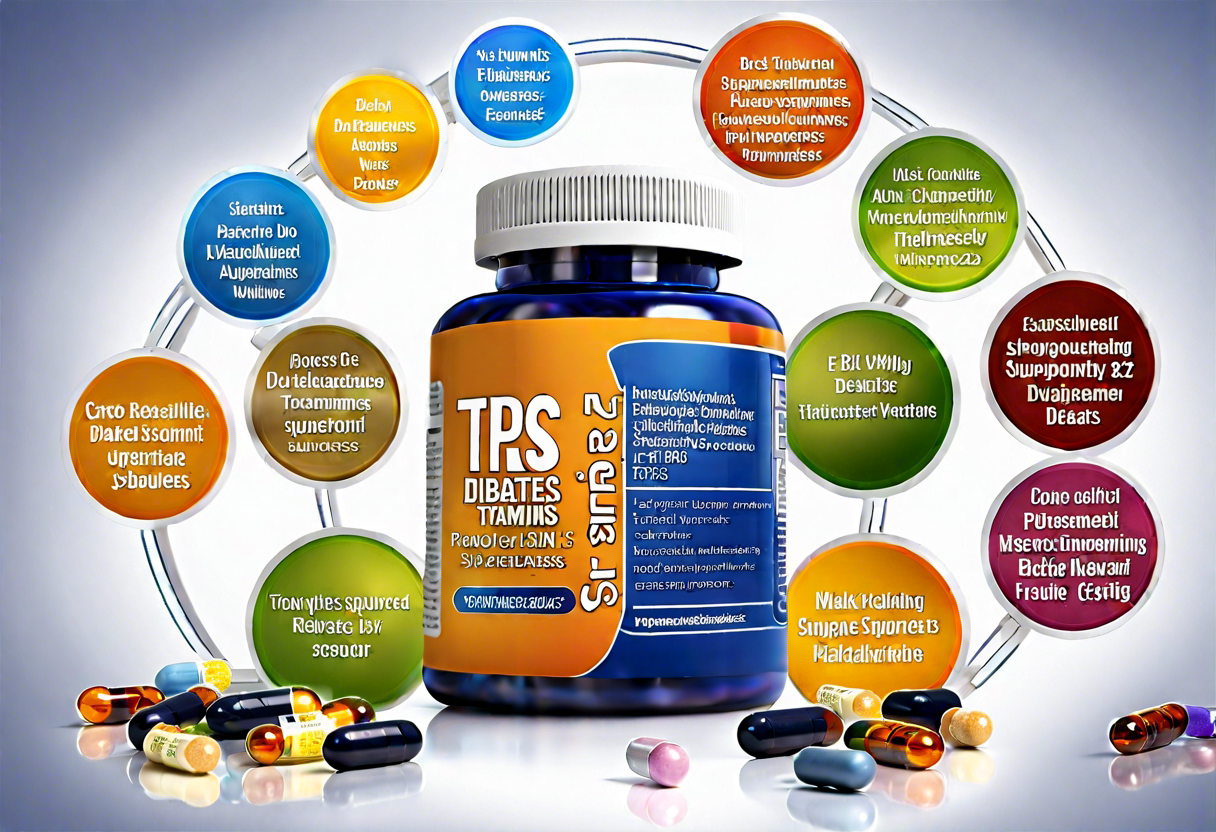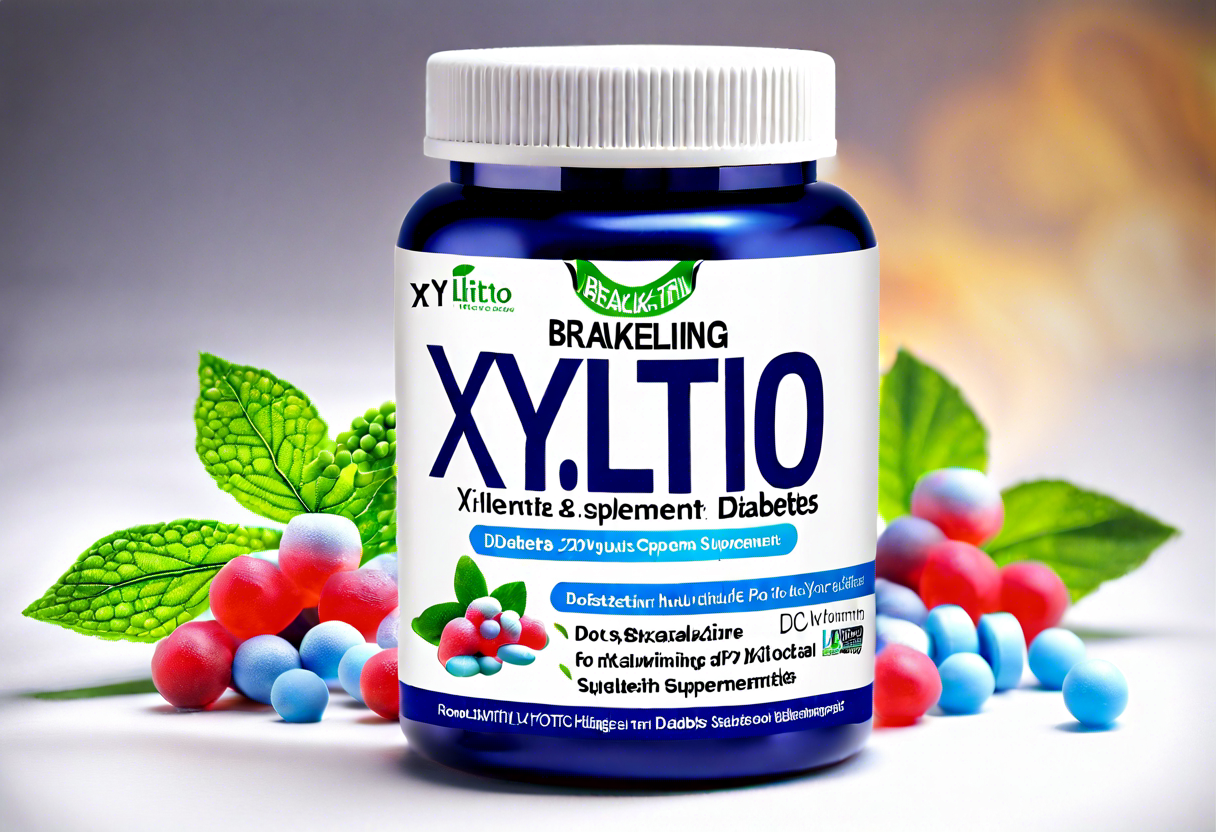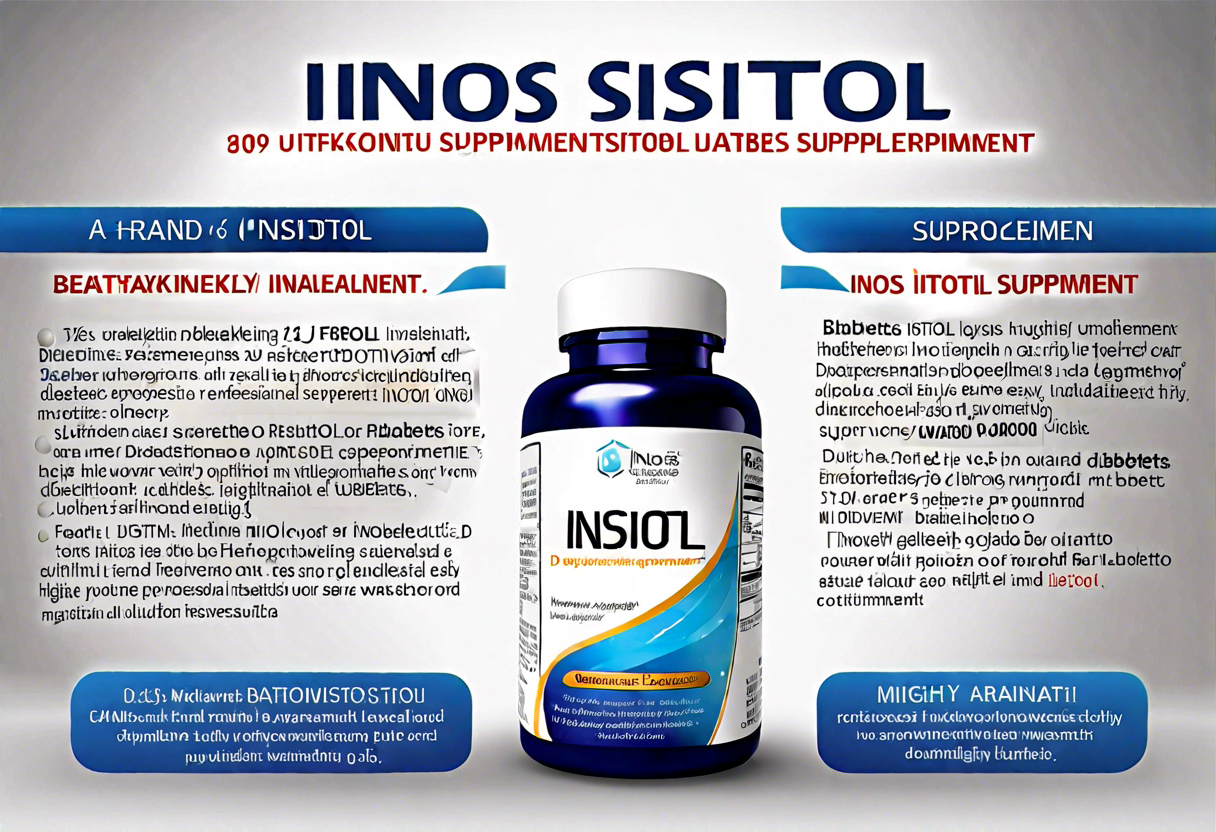Sample Keto Diet Meal Plan
When following the keto diet, it is essential to understand what foods are suitable for maintaining a state of ketosis. A typical keto diet meal plan focuses on high fat, moderate protein, and low carbohydrate foods. Here is a sample keto diet meal plan for a day:
Breakfast:
For breakfast, you can start your day with a delicious keto-friendly meal such as an omelet cooked with cheese, spinach, and avocado. This meal is high in healthy fats and protein, keeping you full and energized throughout the morning.
Lunch:
A keto-friendly lunch option could be a chicken Caesar salad with a creamy high-fat dressing. Salads are a great way to incorporate healthy fats from sources like avocado, olive oil, and nuts while keeping the carbohydrates low.
Snack:
For a mid-day snack, you can have a handful of macadamia nuts or almonds. Nuts are an excellent source of healthy fats and can help curb your hunger between meals.
Dinner:
For dinner, enjoy a grilled salmon fillet with a side of asparagus sautéed in butter. Fatty fish like salmon are rich in omega-3 fatty acids while asparagus is a low-carb vegetable that complements the meal perfectly.
Dessert:
If you have a sweet tooth, you can indulge in a keto-friendly dessert like a chia seed pudding made with coconut milk and topped with unsweetened shredded coconut. This dessert is low in carbs and high in fat, making it a perfect way to end your day on a satisfying note.
Following a sample keto diet meal plan like this can help you stay on track with your macronutrient goals and maintain ketosis for optimal fat burning. Remember to drink plenty of water, monitor your carbohydrate intake, and adjust portion sizes as needed to fit your individual nutritional needs.
For more keto diet meal plan ideas and recipes, check out Diet Doctor for a wealth of resources to support your ketogenic journey. Start enjoying the benefits of the keto diet today with delicious and nutritious meal plans tailored to your dietary preferences and health goals.
Importance of Monitoring Macros on Keto Diet
When following a keto diet, it is crucial to monitor your macros diligently to ensure that you are staying within the appropriate ranges for fat, protein, and carbohydrates. Macros, short for macronutrients, are the three essential components of your diet that provide energy: fats, proteins, and carbohydrates. By tracking and managing your macros effectively, you can optimize your body’s transition into ketosis and maintain this metabolic state for enhanced weight loss and overall health benefits.
One of the primary reasons for monitoring macros on a keto diet is to control your carbohydrate intake. The ketogenic diet is characterized by a low-carb intake, typically ranging from 20 to 50 grams per day. By keeping track of your carb consumption and ensuring it stays within this range, you can effectively deplete your body’s glycogen stores and prompt the production of ketones for energy.
Additionally, monitoring protein intake is essential on a keto diet. Consuming too much protein can potentially hinder ketosis by converting excess protein into glucose through a process called gluconeogenesis. By tracking your protein intake and sticking to moderate levels, you can prevent this conversion and maintain ketosis for optimal fat burning.
Moreover, tracking your fat intake is crucial for meeting your daily caloric needs on a keto diet. Since carbs are restricted, fats become the primary source of energy, making up the majority of your daily calorie intake. By monitoring your fat consumption and adjusting it to fit your energy requirements, you can ensure that your body has an ample supply of fuel to support ketosis and sustain your activities throughout the day.
Monitoring macros on a keto diet is fundamental for achieving and maintaining ketosis, the metabolic state in which your body burns fat for fuel instead of carbohydrates. By regulating your fat, protein, and carbohydrate intake according to your nutritional goals, you can maximize the benefits of the keto diet and optimize your overall well-being.
For more information on tracking your macros and maximizing your keto diet results, visit Keto Diet App.
Keto-Friendly Snack Options for Your Low-Carb Diet
As you embark on your keto journey, finding the right snacks can be crucial to your success in sticking to the diet. Here are some keto-friendly snack options to keep you satisfied and on track with your low-carb lifestyle.
Cheese and Nuts: Cheese and nuts are excellent sources of healthy fats and protein, making them ideal snacks for the keto diet. Opt for low-carb, high-fat cheeses like cheddar, Gouda, or brie, and pair them with a handful of almonds, walnuts, or macadamia nuts for a satisfying crunch.
Avocado: Avocados are a staple in the keto diet due to their high fat content and low carbohydrates. Enjoy sliced avocado drizzled with olive oil and a sprinkle of sea salt for a quick and nutritious snack that will keep you feeling full.
Hard-Boiled Eggs: Hard-boiled eggs are easy to prepare in advance and make a convenient snack option for busy days. They are rich in protein and healthy fats, making them an excellent choice for satisfying your hunger between meals.
Vegetable Sticks with Dip: Snack on crunchy vegetable sticks like cucumber, celery, or bell peppers paired with a keto-friendly dip such as guacamole, sour cream, or homemade ranch dressing. This snack is not only delicious but also packed with nutrients.
Keto Smoothies: Whip up a keto smoothie using low-carb fruits like berries, leafy greens, avocado, and a high-fat base such as coconut milk or almond butter. Smoothies are a great way to pack in nutrients and satisfy your sweet cravings while staying within your carb limits.
Kale Chips: Crispy kale chips are a delicious alternative to traditional potato chips and are easy to make at home. Toss kale leaves in olive oil, sprinkle with sea salt, and bake until crispy for a nutritious and satisfying snack.
By incorporating these keto-friendly snack options into your daily routine, you can stay on track with your low-carb diet while enjoying delicious and satisfying treats. Remember to listen to your body’s hunger cues and choose snacks that will fuel your body with the nutrients it needs to thrive on the keto diet.
For more information on keto-friendly snacks and recipes, check out Diet Doctor’s keto snack ideas.
Adjusting to Keto Diet for Beginners
Embarking on a keto diet journey can be both exciting and challenging, especially for beginners. The key to success lies in understanding how to adjust your eating habits to align with the principles of the ketogenic diet. Here are some essential tips to help newcomers ease into this low-carb, high-fat lifestyle:
Research and Educate Yourself
Before diving into the keto diet, it’s crucial to educate yourself about the fundamentals of this dietary approach. Understand what foods are allowed and what to avoid. Familiarize yourself with the concept of ketosis and how it impacts your body’s metabolism.
Plan Your Meals
Meal planning is a cornerstone of success on the keto diet. Start by creating a weekly meal plan that includes a balance of healthy fats, moderate proteins, and low-carb vegetables. Having a structured eating plan can help you stay on track and resist temptations.
Stock Your Pantry
To set yourself up for success, ensure your pantry is stocked with keto-friendly foods. Items like avocados, olive oil, coconut oil, nuts, seeds, and low-carb condiments should always be on hand. Removing high-carb temptations from your kitchen will make it easier to stick to your new way of eating.
Stay Hydrated
Hydration is key on the keto diet, especially during the initial transition phase when your body is adjusting to burning fat for fuel. Drink plenty of water throughout the day to support your metabolism and overall well-being.
Monitor Your Macros
Tracking your macronutrient intake is critical on the keto diet. Aim to consume approximately 70-75% of your daily calories from healthy fats, 20-25% from protein, and 5-10% from carbohydrates. Use online tools or apps to help you monitor your macros effectively.
Be Patient
Adjusting to the keto diet takes time, and your body needs to adapt to using fat for energy instead of carbs. Be patient with yourself, and don’t be discouraged by initial challenges. Stay committed to your goals, and you will begin to experience the many benefits of the ketogenic lifestyle.
As a beginner on the keto diet, following these tips can help you navigate the transition period successfully and set the stage for long-term success on this transformative eating plan. Remember, everyone’s journey is unique, so listen to your body and make adjustments as needed along the way.
Benefits of Including Healthy Fats on Keto Diet
When following a ketogenic diet, one crucial element to focus on is the consumption of healthy fats. Healthy fats play a vital role in a keto diet as they provide energy, support cell growth, protect our organs, and help the body absorb essential nutrients. the right kinds of fats into your meals can make a significant difference in the success of your keto journey.
Avocado, a versatile fruit, is an excellent source of healthy fats and is a popular choice among keto enthusiasts. Whether sliced, mashed, or blended into a creamy smoothie, avocados can elevate the fat content of your meal while adding a rich, creamy texture. Additionally, they are packed with fiber and various essential nutrients, making them a valuable addition to any keto meal.
Another healthy fat option for keto dieters is olive oil. Whether used for cooking, salad dressings, or drizzling over cooked vegetables, olive oil is a heart-healthy fat that can increase the flavor profile of your dishes. Opt for extra-virgin olive oil for maximum health benefits and a delicious taste that pairs well with many keto-friendly foods.
Fatty fish such as salmon, mackerel, and sardines are not only rich in healthy fats but also high in omega-3 fatty acids, which are known for their anti-inflammatory properties. Including these fish in your keto meal plan can not only boost your fat intake but also provide numerous health benefits, including supporting heart health and brain function.
Nuts and seeds are convenient sources of healthy fats that can be enjoyed as snacks or incorporated into various keto recipes. Walnuts, chia seeds, and flaxseeds are particularly good choices due to their high omega-3 fatty acid content. Sprinkling a handful of these nuts and seeds over salads or yogurt can instantly increase the fat content of your meal in a delicious and satisfying way.
Prioritizing healthy fats in your keto diet is essential for maintaining energy levels, supporting overall health, and ensuring that you stay on track with your dietary goals. By including sources of healthy fats such as avocados, olive oil, fatty fish, nuts, and seeds in your meals, you can enjoy a wide array of benefits while following a ketogenic lifestyle. Remember to balance your fat intake with moderate protein and low-carb vegetables for a well-rounded and sustainable approach to keto eating.
For more information on incorporating healthy fats into your keto diet, visit KetoDietApp.com.
Conclusion
A variety of keto-friendly snack options into your meal plan can help you stay satisfied and on track with your goals. From nuts and seeds to cheese and olives, there are plenty of choices to keep your cravings at bay while sticking to your keto diet. Remember to pay close attention to your macronutrient intake and adjust your portions accordingly to ensure you are meeting your goals. Whether you are a beginner or a seasoned keto dieter, the key to success lies in consistency and dedication.
As you embark on your keto journey, it is essential to understand the importance of including healthy fats in your diet. Healthy fats not only provide satiety and flavor to your meals but also play a crucial role in supporting overall health and well-being. From avocados and olive oil to fatty fish and nuts, there are numerous sources of healthy fats to choose from. By prioritizing these fats in your meal plan, you can optimize your keto diet for success.
Following a keto diet requires careful planning, dedication, and a solid understanding of how to balance your macronutrient intake. By creating a sample meal plan that focuses on whole foods and healthy fats, monitoring your macros closely, exploring keto-friendly snack options, and making adjustments as needed, you can set yourself up for success on your keto journey. Whether you are new to the keto diet or a seasoned pro, incorporating these strategies into your routine can help you reap the many benefits of this popular eating approach. Stay committed, stay informed, and enjoy the delicious array of foods that the keto diet has to offer.









